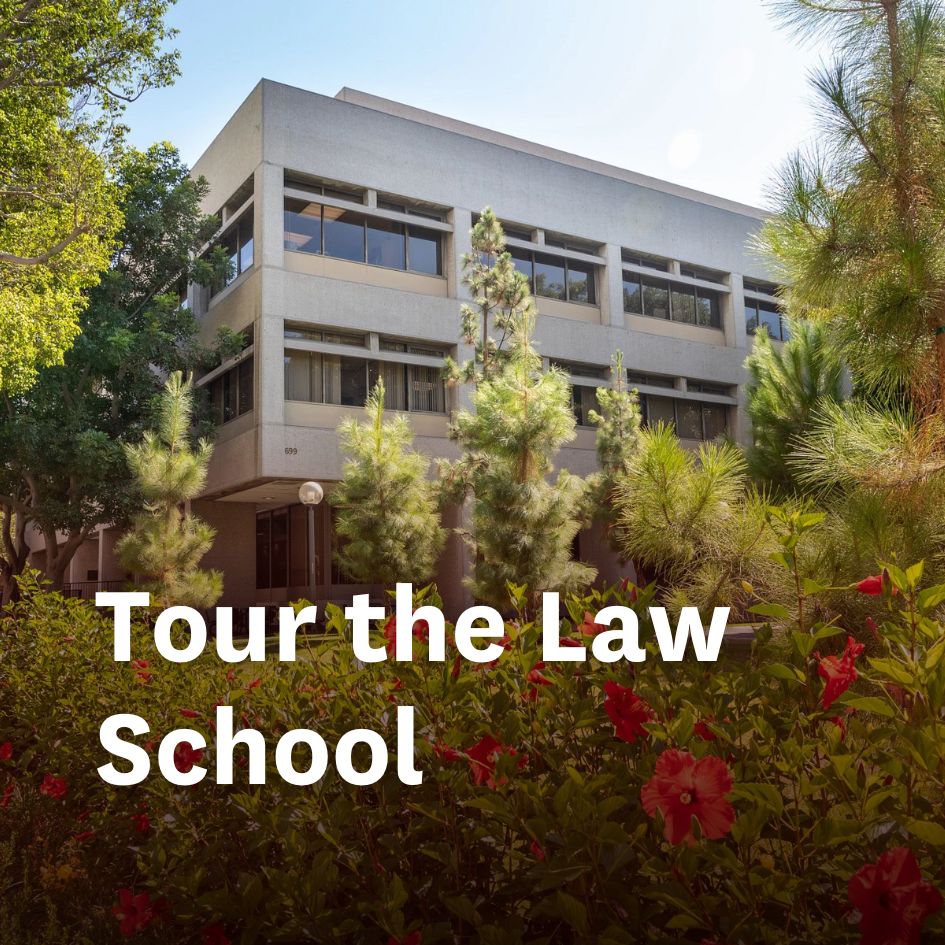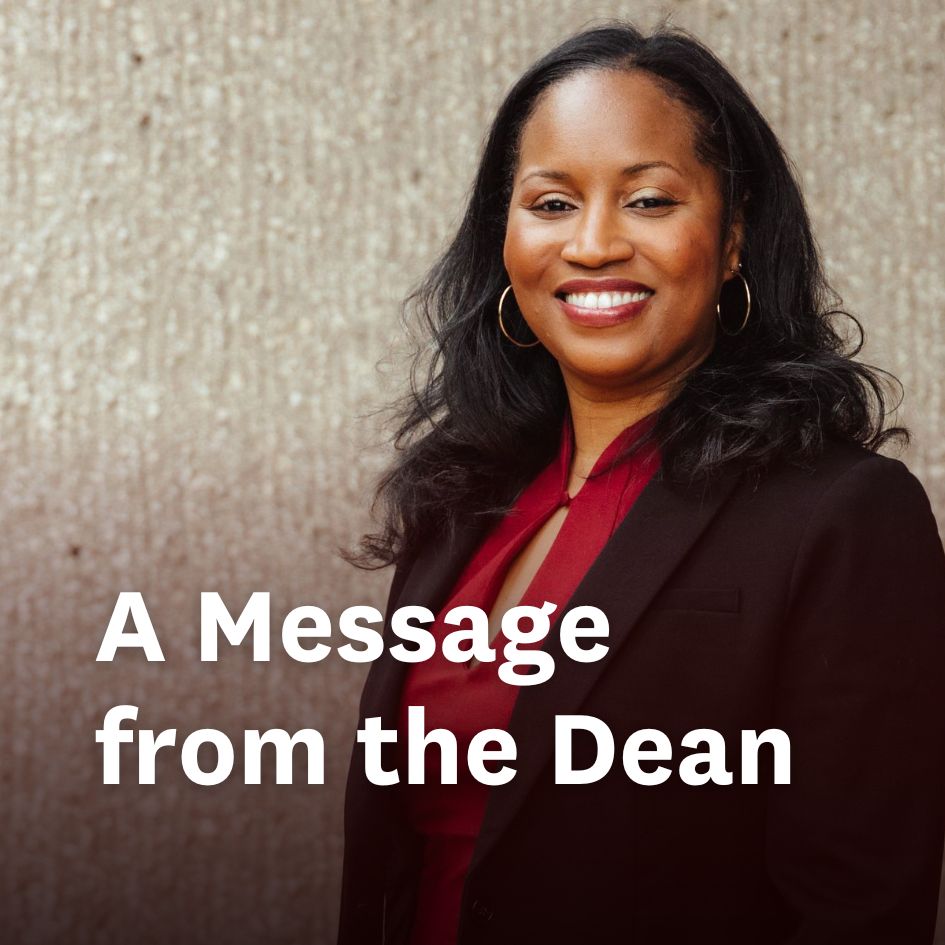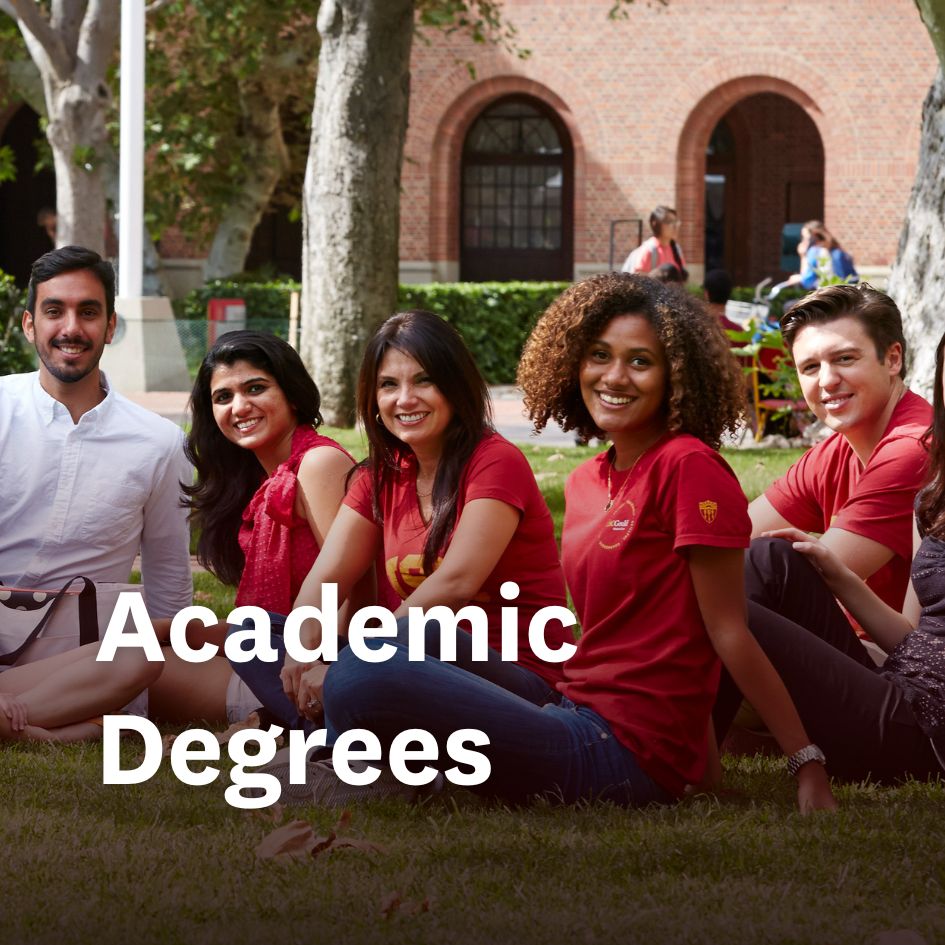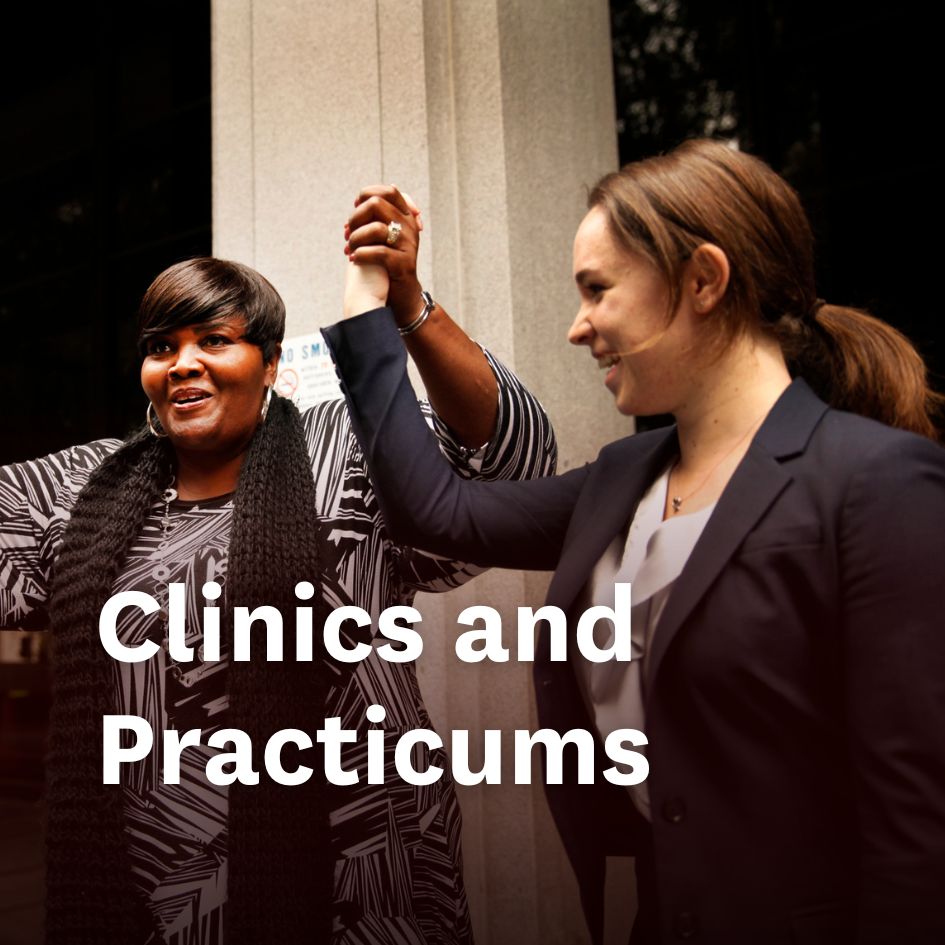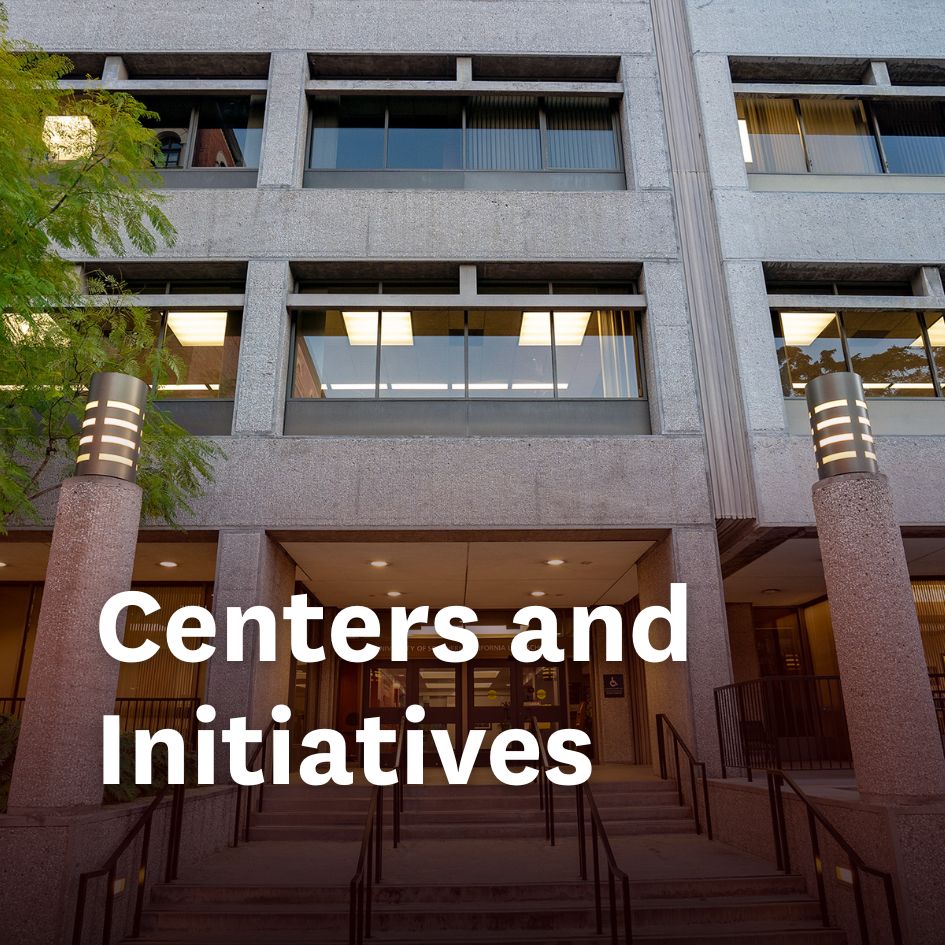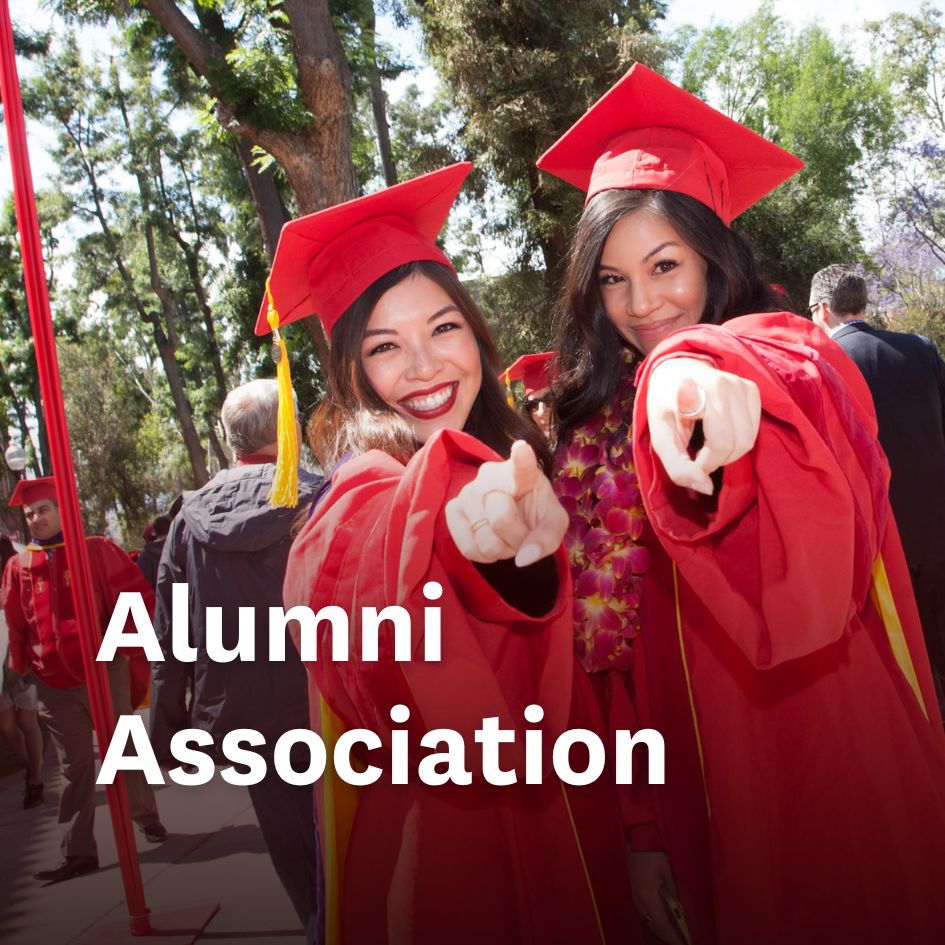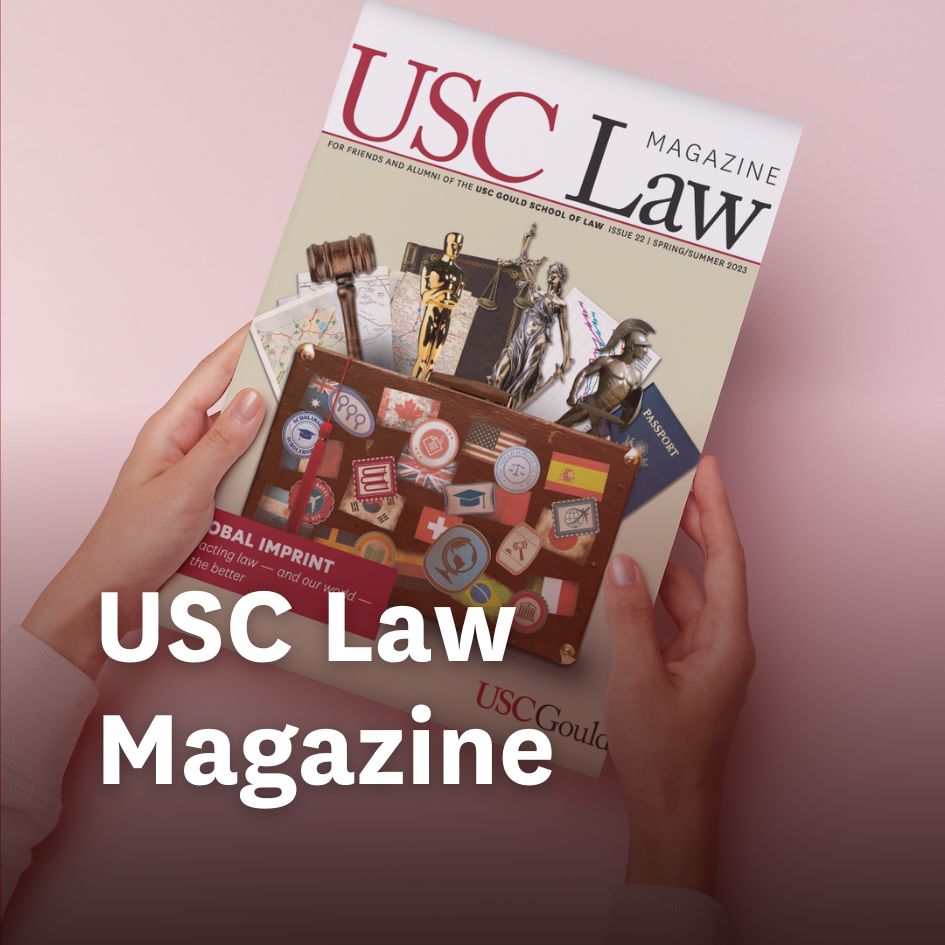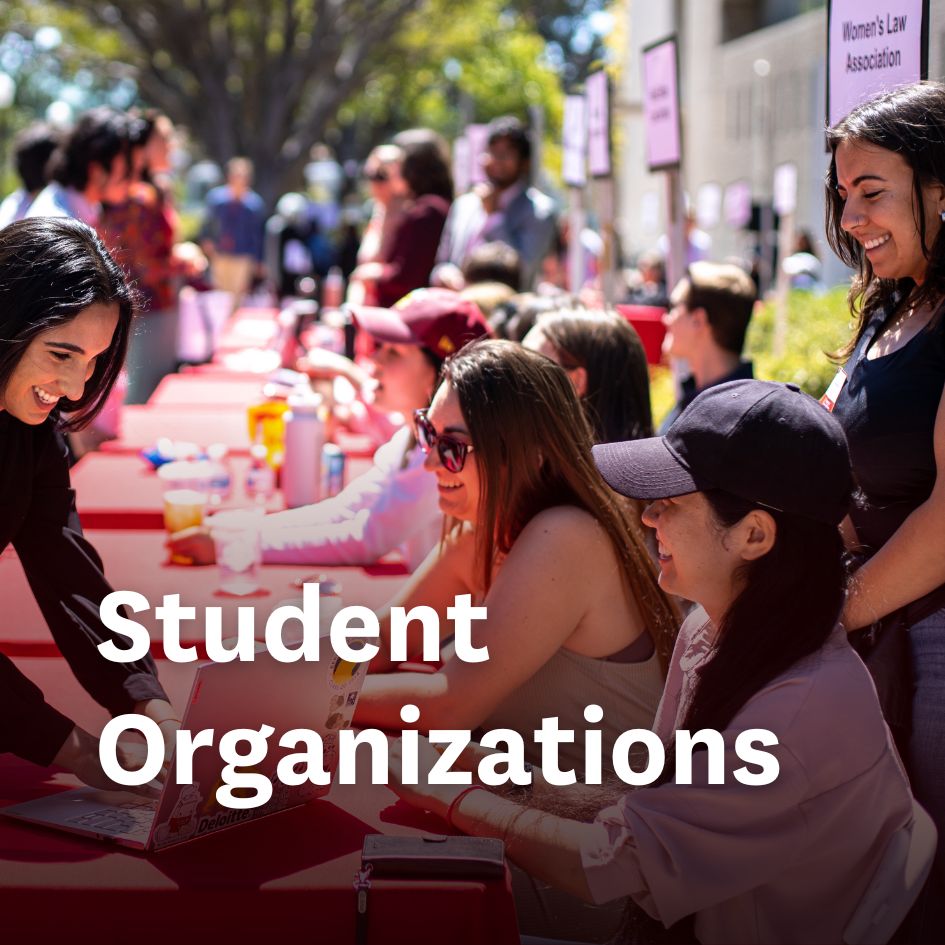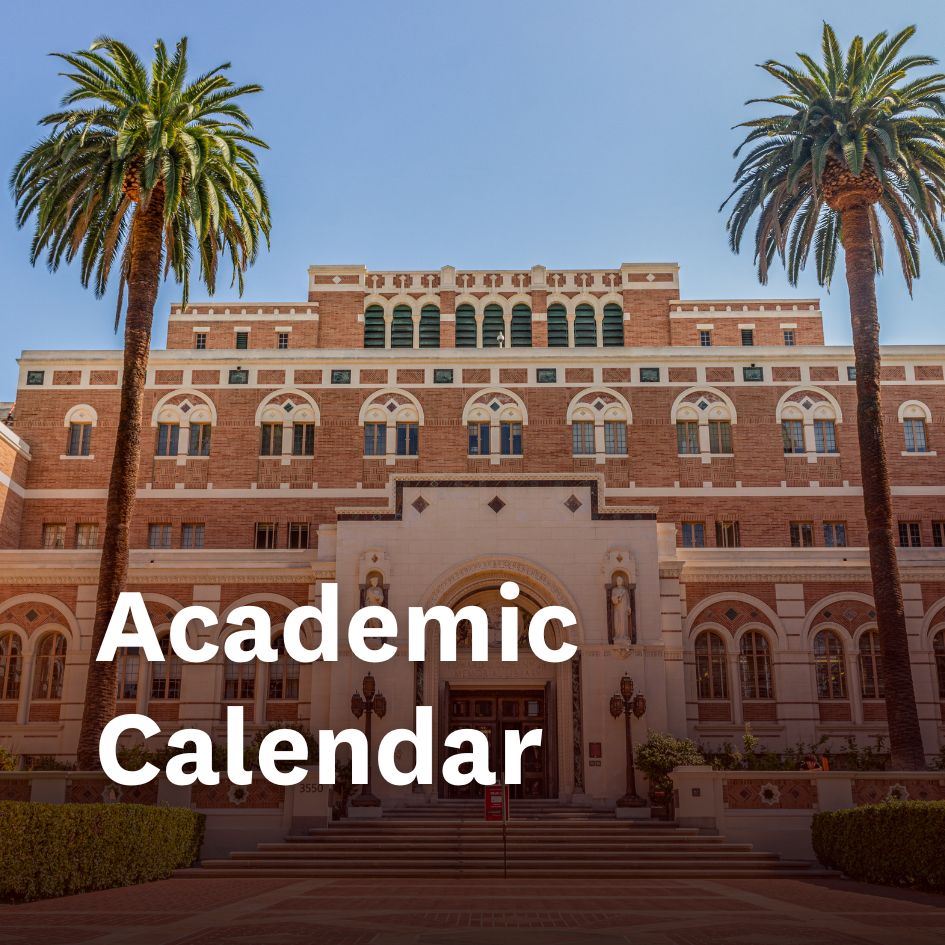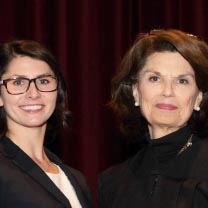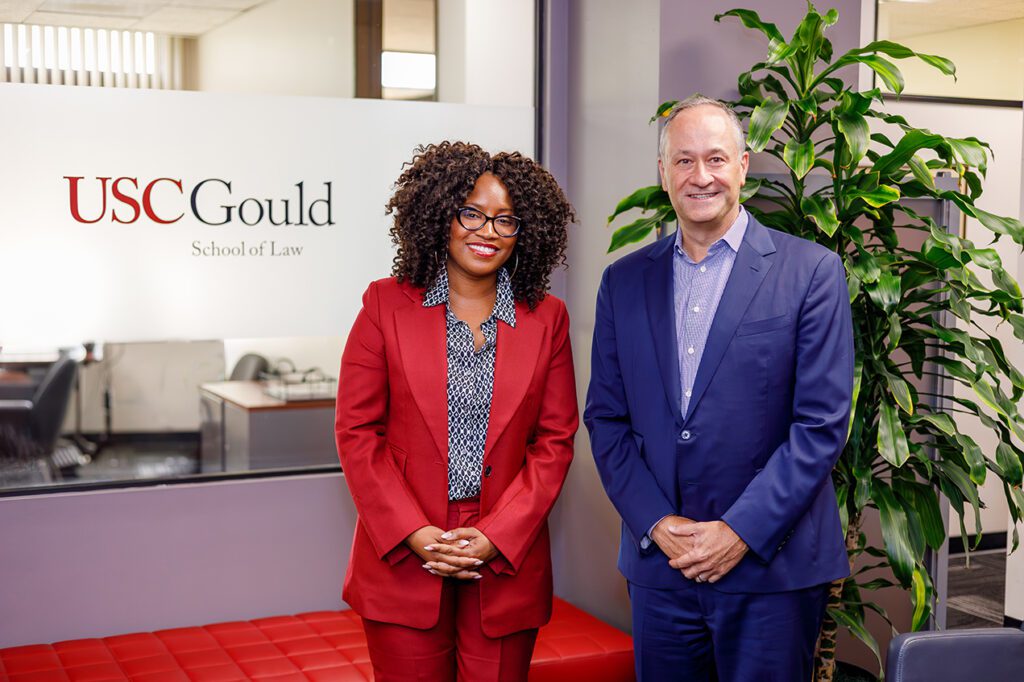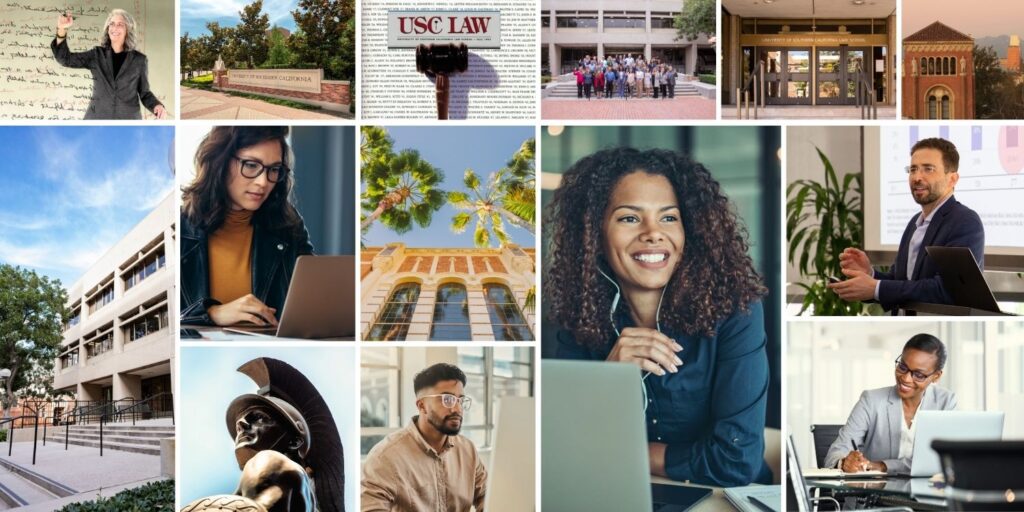Federal judges name champion and share valuable feedback
Arguing a case at the federal level would test any attorney’s mettle. Yet four USC Gould second-year law students proved to be up for the challenge, as they presented arguments before three United States Circuit Court Judges at the 66th annual Hale Moot Court Honors Program competition.
The prestigious panel of judges– the Hon. Alex Kozinski, the Hon. Reena Raggi, and the Hon. William Duane Benton-- treated the student lawyers as if they were arguing in a real courtroom, often interrupting them with rapid-fire questions and challenging the basis of their arguments.
“Even though I was well prepared, I was surprised at how hot the bench was and how fast the questions were coming,” Aja-Fullo Sanneh said after the proceedings, which were held on March 6 in the USC Norris Theater. Despite the intensity of the questioning, finalists Sanneh, Mary Alice DiPrieto, Brittany Kitchen, and Mark Swensson appeared poised and unruffled, even as the bailiff held up cards to remind them that their time for arguments was running short.
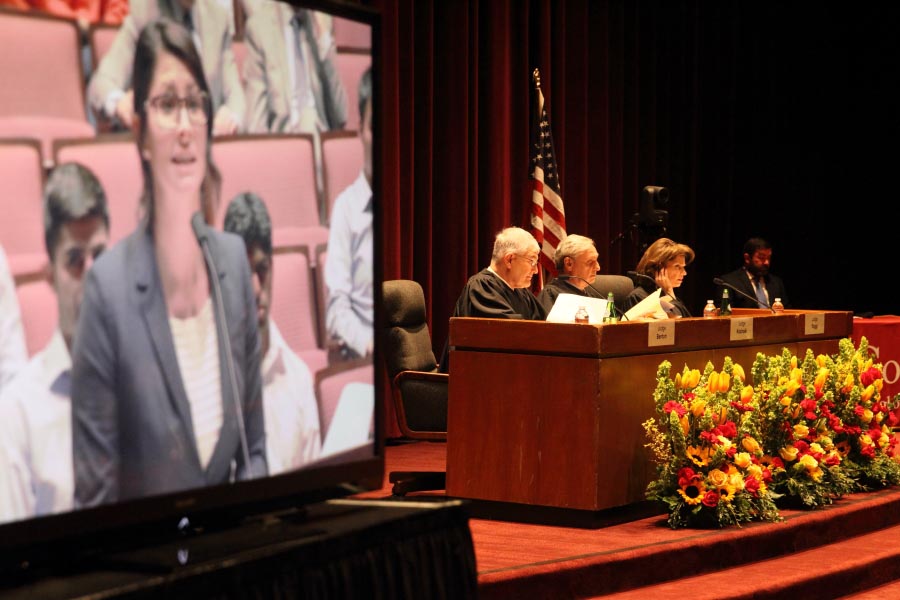 DiPrieto (pictured right) won the Edward G. Lewis Prize, which goes to the competition’s champion. Kitchen earned the runner-up slot, with the judges also praising the performances of Sanneh and Swensson. Finalists were each presented with cash prizes in honor of Judge E. Avery Crary ’29. In announcing the winner and runner-up, Judge Kozinski, who acted as the proceedings’ chief justice and serves on the United States Court of Appeals for the Ninth Circuit, lauded the writers of the problem, third-year students Alexa Mullarky and Alyson Rotunda.
DiPrieto (pictured right) won the Edward G. Lewis Prize, which goes to the competition’s champion. Kitchen earned the runner-up slot, with the judges also praising the performances of Sanneh and Swensson. Finalists were each presented with cash prizes in honor of Judge E. Avery Crary ’29. In announcing the winner and runner-up, Judge Kozinski, who acted as the proceedings’ chief justice and serves on the United States Court of Appeals for the Ninth Circuit, lauded the writers of the problem, third-year students Alexa Mullarky and Alyson Rotunda.
“It’s difficult to come up with a hypothetical case that is evenly balanced between two issues,” said Judge Kozinski, noting that the problem focused on computer fraud and fair labor standards issues. “This case gave us a chance to drill everybody.” The Hale Moot Court Honors Program teaches and tests courtroom poise and preparation. The program begins in the fall with 40 participants drafting briefs and preparing for oral arguments. In the spring, the students deliver oral arguments in a courtroom setting, competing against each other before panels of judges and practicing attorneys.
Eventually, the 40 participants are winnowed down to the final four, who compete in front of a federal panel each March. “What a privilege to have the opportunity in law school to try a case before U.S. district judges,” said Awa Jones, Sennah’s mother, a hospital administrator at USC’s Health Sciences campus. “There are some attorneys who never get that opportunity.” Once the winners were announced, the finalists – and their law school peers in the audience -- benefited from the thoughtful feedback provided by each judge.
“Say your very best argument in your first sentence before the court can argue or interrupt,” suggested Judge Benton (pictured below, far left). “And listen to what the other side says. Be ready to relate your argument to what they say.”
.jpg) Despite the contentiousness of the day’s courtroom dialogue, Judge Raggi suggested that the students view the arguments as “conversations between the advocates and the bench.” Further, she said: “You have to figure out the weakness in your own argument. You must zero in on it and be prepared to squarely address it.”
Despite the contentiousness of the day’s courtroom dialogue, Judge Raggi suggested that the students view the arguments as “conversations between the advocates and the bench.” Further, she said: “You have to figure out the weakness in your own argument. You must zero in on it and be prepared to squarely address it.”
Judge Kozinski (pictured center) noted that most lawyers are fooled by the term “oral argument. “It’s really ‘aural argument,’ as the best thing you can do is listen. Really experienced advocates learn how to listen to a question from a judge and shape their argument accordingly,” he said.
The Hale Moot Court Honors Program is run by students under the direction of Rebecca Lonergan, the Associate Director of the Legal Writing and Advocacy Program. Dean Robert K. Rasmussen, who introduced the afternoon’s proceedings, noted that the Hale Moot Court Honors Program competition was in its 66th year, and compared the competition to Route 66, “the artery of the nation…a pathway to a new life, just as this program is the foundation of the participants’ legal careers.”
--By Anne Bergman; photos by Phil Channing


